Climate Change - Essential Information
(The science and facts)
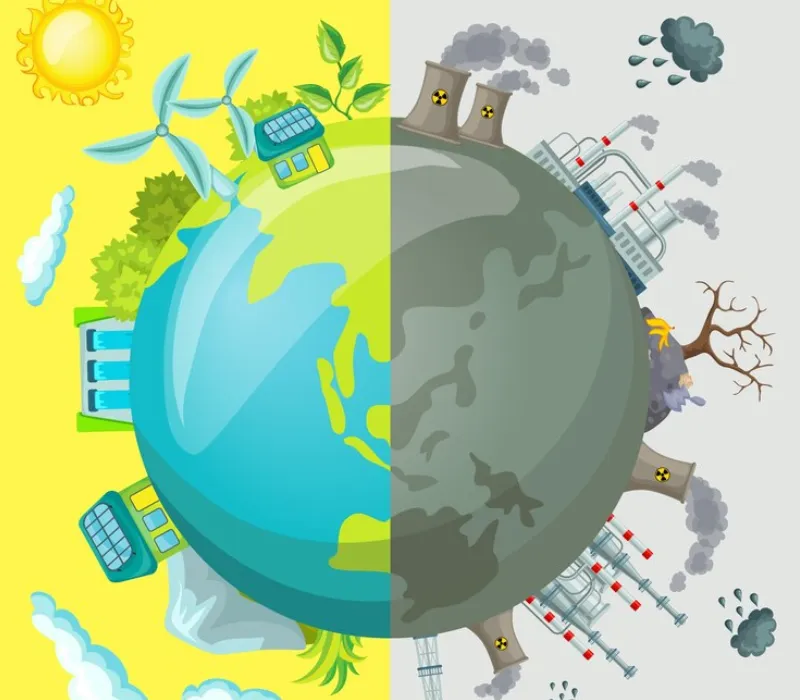
The Big Picture
For hundreds of millions of years, dead plant and animal material built up in certain areas of the planet and, under the right conditions, created oil, natural gas and coal which concentrated the carbon and stored energy from that organic material. Humans came along and in just the last 100 years or so (an instant in historical terms) figured out how to access the energy in these carbon rich materials, which are essentially millions of years of sunlight power.
Over the last 10 thousand years or so, the earth settled into an uncommonly stable period in its history called the Holocene Period. This stability has allowed plants and animals on our planet to grow together intricately. But this stability and interconnectedness is also what makes it so fragile. The plants and animals of this planet got used to the same temperatures and weather patterns of their respective locations but now by suddenly releasing millions of years of carbon sequestration into the atmosphere we humans are suddenly and drastically changing the environment that this planet’s plants and animals are used to and depend on.
It’s hard for us to understand how a couple of degrees can make such a difference but, as we will learn, climate change is about stability.
There have been 5 times where our planet has gone through mass species extinction periods that caused significant loss of biodiversity (click here to see them). The last one was the dinosaurs, caused by a meteor impact. But now, we are currently in the 6th mass extinction period this planet has seen…but this is the one we are creating.
Mindset
Watching this information is likely to elicit a range of emotions…from fear, sadness and hopelessness to comfort and ease that we have smart people working on technological solutions. But the best mindset is somewhere in between. The negative emotions are needed to motivate us into action because we are essentially out of time on emissions, but the positive emotions are also needed because without a positive attitude, we won’t win this battle that we must win. Bill Gates summed it up this way…
“If people think it’s easy, they are wrong. If people think it’s impossible, they are wrong. It’s possible, but it will be the most amazing thing that mankind has ever done. But it has to be an all out effort, like a World War, except it’s all of us against greenhouse gases.”
~ Bill Gates
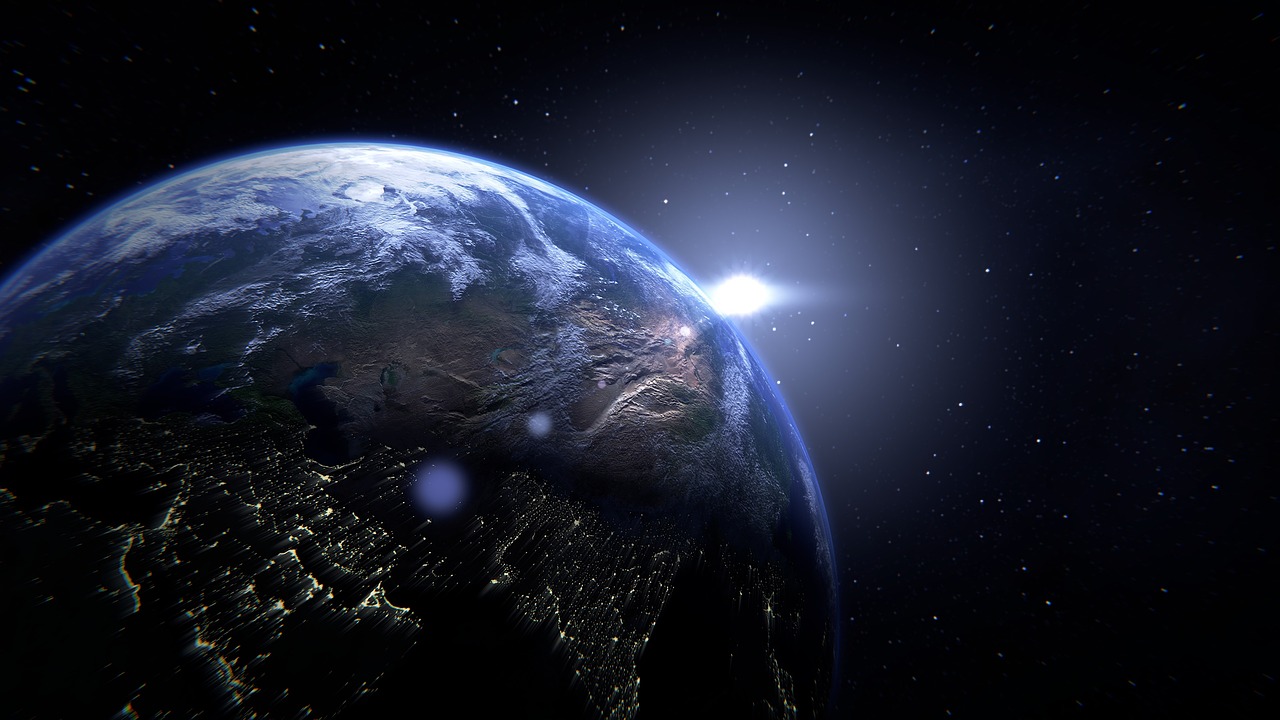
Part 1 - The Carbon Cycle
Most people are aware that the greenhouse effect is the problem, but this short 4 minute video lays out many of the important concepts so this is a good starting point.
Part 2 - How Emissions Affect The Earth
This first documentary is from 2021 and is on Netflix. It gives a good introductory overview and climate scientist Johan Rockstrom lays out the 9 planetary boundaries that scientists have determined so far along with roughly where we are on each boundary. (I could not find this documentary on Amazon Prime or You Tube, so I think Netflix is the only place you can view it.)
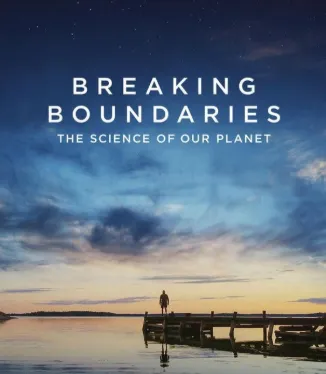
This next video is an 18 minute TED Short from July 2024 where climate scientist Johan Rockstrom provides an update on the current status of global warming. You’ll notice he has a more critical tone 3 years later because he knows the 2020’s are the “Decisive Decade” to curb emissions and our window of time is closing. There is really good additional information in here beyond the Breaking Boundaries documentary and the understanding of how urgent the situation is is a key take away.
Part 3 - Where Are Emissions Coming From?
So now that we have a better understanding of why we have to stop emitting carbon into the atmosphere, let’s look at which human activities are doing the emitting.
Here are the top 10 human activities contributing to emissions…
1. Coal power plants (~20%)
2. Road vehicles (cars, trucks, buses) (~12%)
3. Deforestation (~8%)
4. Cement production (~8%)
5. Natural gas power plants (~8%)
6. Livestock digestion (methane from enteric fermentation, mainly cattle) (~5-6%)
7. Beef production (~4%)
8. Steel production (~4%)
9. Oil refining and processing (~3%)
10. Gas flaring (~3%)
This is a great documentary with a high-level look at the major categories of global emitters and what needs to happen in each category to get to zero emissions. It’s the 3rd episode in a series that Bill Gates did for Netflix called “What’s Next? Can We Stop Global Warming?” (Again, this documentary is only on Netflix.)
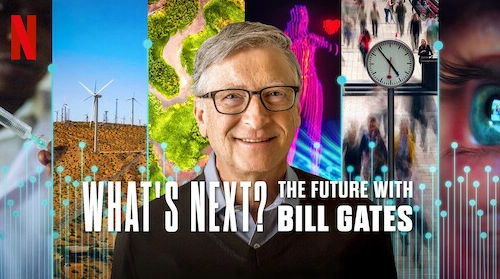
This is a 13 minute interview that 60 minutes did with Bill Gates back in 2021. The information pairs well with the What’s Next? documentary as it gives more insight into how he is leading the charge with his time and financial resources to drive the innovation that solving climate change is going to take. It is an optimistic but realistic and a critical perspective for all of us to understand.
Part 4 – What Are The Science Organizations Saying?
Here are some of the top scientific organizations globally that focus on climate change research, assessment, and policy guidance…along with some of the published statements from each regarding climate change:
The IPCC (Intergovernmental Panel on Climate Change) is a scientific group that reviews and assesses the latest scientific knowledge about climate change and about every 5-7 years publishes Assessment Reports that provide insights to help governments make informed decisions on climate policy. Here is a short summary of the 6 reports the IPCC has published since their inception in 1988:
More Resources
This is probably the best documentary I have seen at providing an overview of the changes humans have caused over the last century and how we interact with nature. (Netflix)
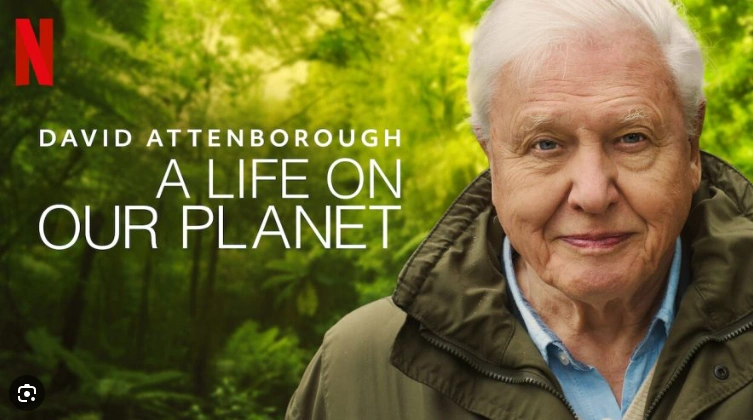
Here are some other great documentaries that focus on different areas of human activity and climate change that should be top of your list if you have more time…
Before the Flood
(Leonardo DiCaprio)
Chasing Coral
Eating Our Way To Extinction
